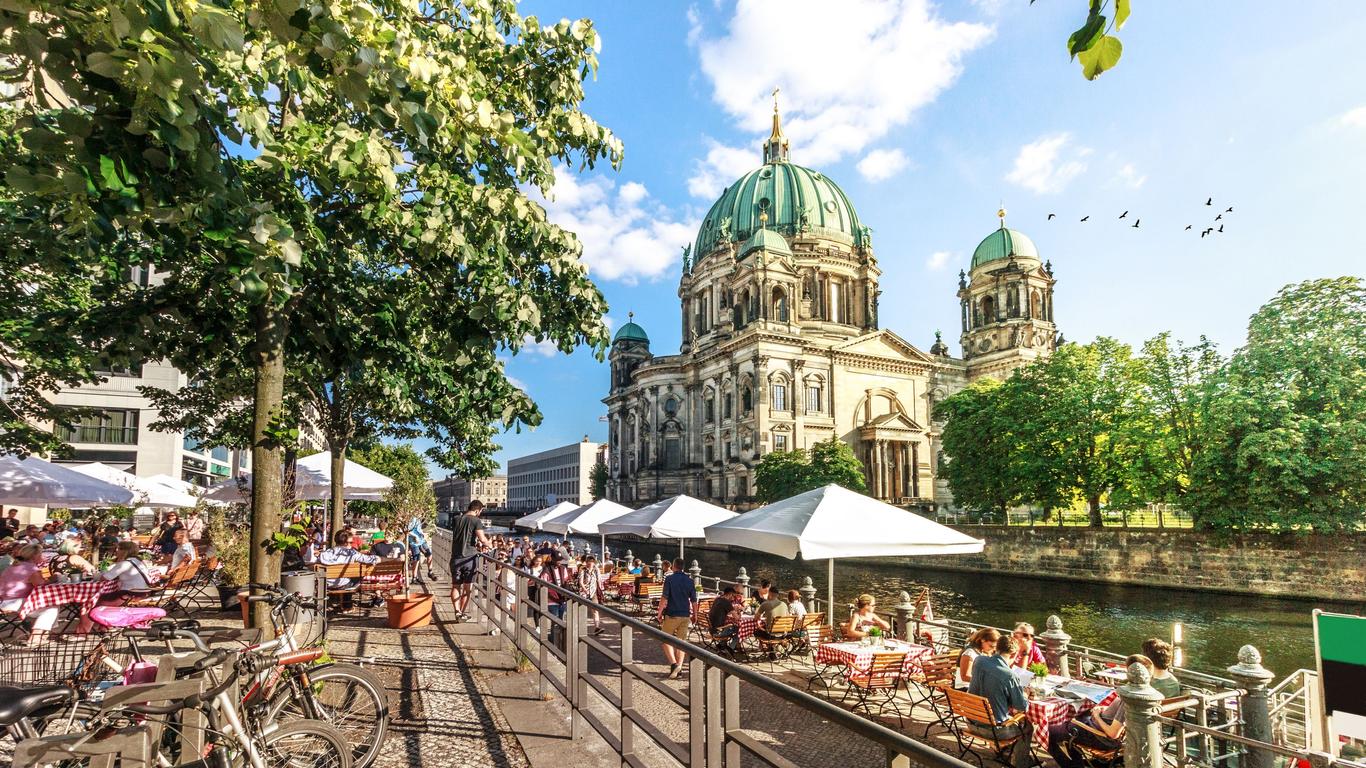Berlin is both Germany’s capital and largest city, located north-east of the country on the banks of the Rivers Havel and Spree. Dating back to the 13th century, it became the capital of the newly united Germany in 1866. It is filled with many culturally significant sites and buildings, the most iconic of which is the city’s 18th century Brandenburg Gate, which became a symbol of Berlin’s post-cold war reunification.
The majority of sights lie east of the Brandenburg Gate, and on either side of the Unter den Linden, meaning “Under the Linden Trees”, a boulevard in the city’s central Mitte district runs from the Gate to the City Palace. Besides this famous sandstone gate, built in honour of King Frederick Wilhelm II in 1791 and standing 26 metres high, other notable landmarks include the Gendarmenmarkt, one of the city’s largest squares and home to the Konzerthaus concert house, the Französischer Dom French cathedral, and the Berliner Dom cathedral opera house.
Berlin offers a convenient method of travel within the city, allowing travel easily accessed on the city’s S-Bahn, U-Bahn, buses, trams and ferries.
Before the unification of Germany, Berlin was the capital of the kingdom of Prussia. Following the victory of Prussia over Austria in the seven-week war of 1866 which resulted in the alliance of all the various German states, Berlin became the overall capital.





